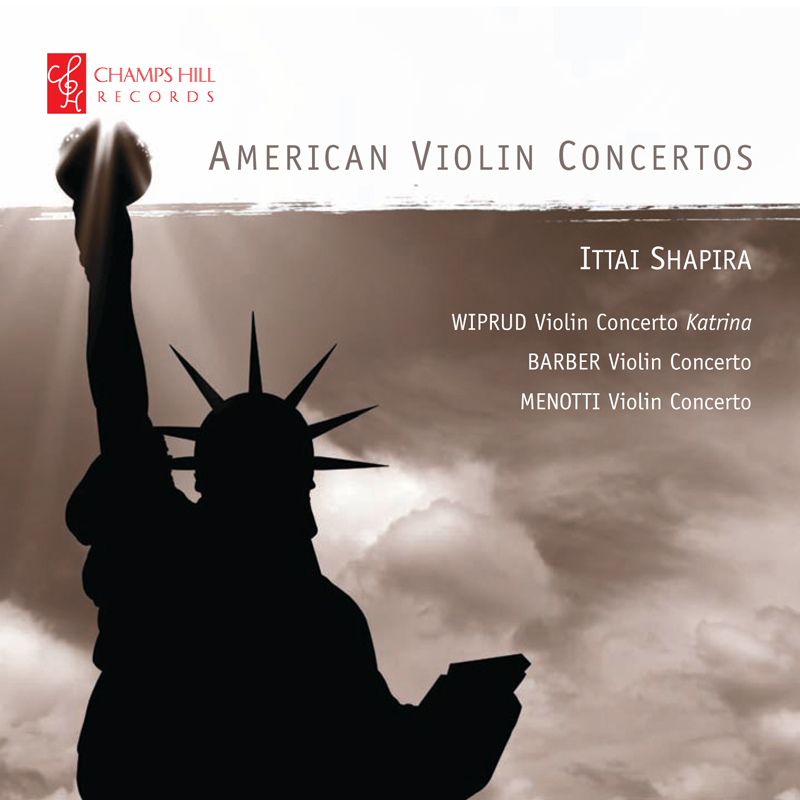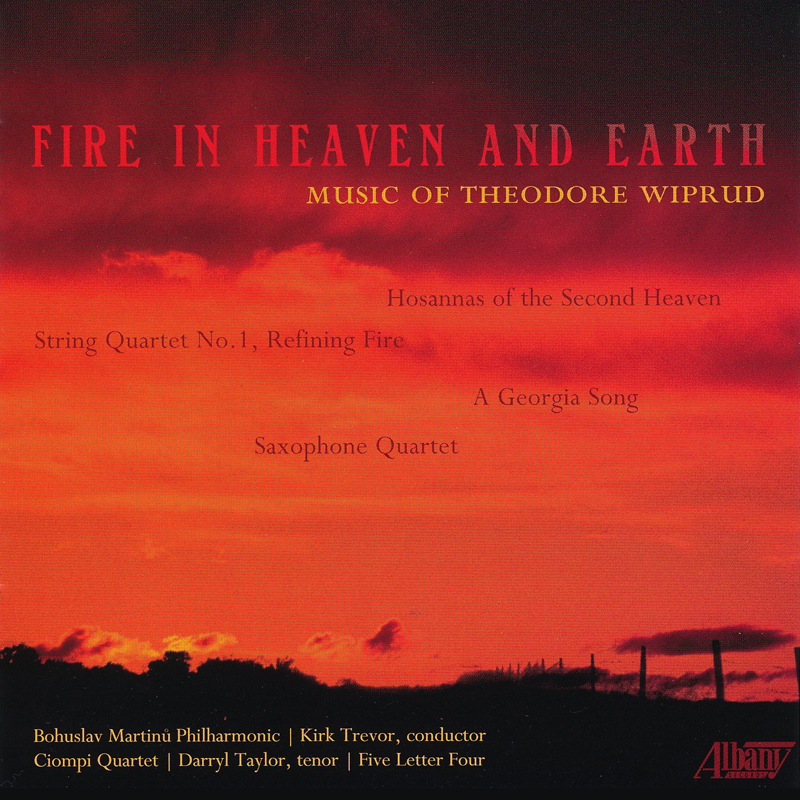I’m not sure I would have gotten it, if I hadn’t been through it already, or at least begun to go through it. But now I’m excited and optimistic about orchestras beginning to examine themselves internally for unconscious bias, non-inclusive culture, outmoded policies, and more.
I’m just beginning an assignment with the League of American Orchestras as Interim Project Director for the Catalyst Fund. Admittedly, when I describe what it does, some folks’ eyes glaze over. Grants to hire consultants to do internal work preparing institutions to work toward inclusion and equity. Huh. Really? Couldn’t we use that money to do something positive, rather than just talk about it?
Through personal experience, I’ve discovered just how vital that talking is, because it’s so much more than talking. It’s developing empathy, a willingness to hear other people’s stories. It’s not about guilt or shame. It’s about gaining a larger vision. Awareness leads to reflection, and hopefully on to creative action (a formulation borrowed from David King of Community Word Project).
As research shows, efforts to bring people of color into the American orchestra – as musicians, staff, or board – have been hamstrung by the unreadiness of orchestra culture. And as everyone in the music world knows, orchestras are generally the whitest institutions in any given locale – potentially to be overwhelmed by the demographic changes transforming American culture. A well-designed, professionally-led process of listening, learning, and rethinking, can work wonders.
Several such initiatives began around the same time in my own professional life. One was at the New York Philharmonic, where I was proud to be part of a Diversity Action Taskforce, initiated by then-president Matthew VanBiesen, and including an impressive array of outside advisors helping the Philharmonic chart a course for internal change, and perhaps external leadership. The New York State Council on the Arts at the same time started an ongoing series of conversations, now called DinO (diversity in orchestras) to look at the problem across the whole spectrum of institutions, from youth programs to conservatories to orchestras. Aaron Flagg has been our expert facilitator.
But the process that got personal for me has been at the NYC Arts in Education Roundtable. I have helped lead this service organization for arts education practitioners from the cultural world – teaching artists and education administrators in cultural organizations – for over a decade. But it took new board members (of color) to open our eyes to the exclusivity of our own so-well-intentioned organization, not to mention that of the inspiring field we serve. It’s been a humbling lesson about voices at the table. If voices of color – and disability and gender difference and geographic distance, you name it – aren’t at the table, we don’t even know what we’re not noticing or addressing. You have to listen and learn and grow and then act differently.
The Roundtable has now held four Days of Learning on equity, diversity, and inclusion, over three years, and speaking for myself, each one brings new revelations. That’s a testament to the expertise of those who have been planning them – primarily Piper Anderson, Gary Padmore (my successor at the New York Philharmonic), and Polly Kahn (a predecessor at the Philharmonic!). It’s also a testament to how long this work takes. Only now are we ready as a board to adopt institutional values and behaviors that will show concrete progress at the Roundtable, putting us in a better position to lead our constituents on similar journeys.
Which brings me back to the Catalyst Fund. As the program was announced, a tremendous surge of interest showed that there are orchestras at every stage of this work, from just getting started, to completing action plans, to following up with more advanced trainings. Over the next few weeks I’ll be answering orchestras’ questions and preparing a panel process. It will be fascinating to see what comes in. The program is meant to overcome barriers to participation by “under-represented groups” and I wouldn’t be surprised if some orchestras define that without regard to race or ethnicity. It all depends on their community. My current work as Music Alive Composer-in-Residence in South Dakota has given me a lot to think about with regard to Native American communities; consulting with the West Virginia Symphony has given me a chance to learn about rural poverty.
American culture is changing, and orchestras need to reflect that, from artistic programming to the faces on stage to the wider presence in the community. Change is already happening on all those levels. This new work may help to hasten it, or at least to help it proceed thoughtfully. As a three-year initiative (with generous funding in place from the ever-forward-thinking Andrew W. Mellon Foundation), it will give dozens of orchestras a chance to get started. Let’s check back in a couple years to see whether it’s just talk, or whether we’re now finally doing something smart.





